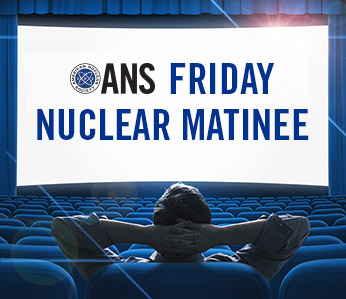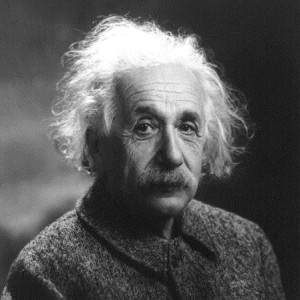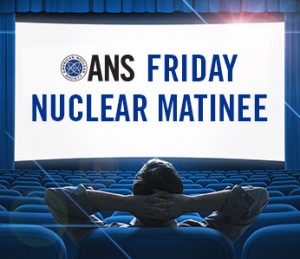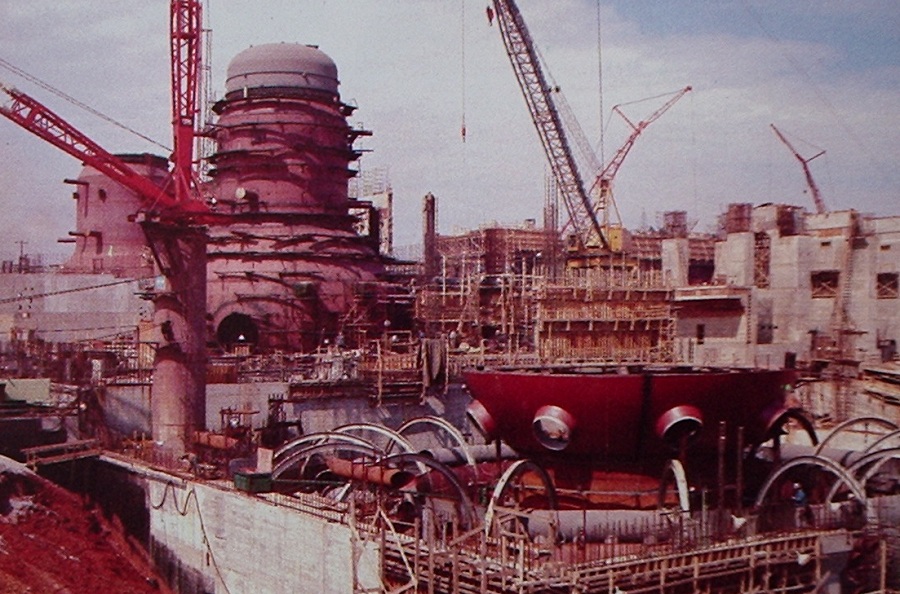VIDEO: Georgia Power shows progress at Vogtle Units 3 and 4

Two videos are featured this week. The first is a short, brand new (released this morning) video from Georgia Power showing some of the progress at Vogtle Units 3 and 4, set to music.
The ANS Nuclear Cafe is a blog owned and edited by the American Nuclear Society. Information contained on the ANS Nuclear Cafe has been provided by numerous sources. Therefore, the American Nuclear Society assumes no responsibility or liability for the accuracy of information contained herein. DISCLAIMER: The views expressed in posted articles do not necessarily reflect the views of the American Nuclear Society. The views expressed here are those of the individual authors. ANS takes no ownership of their views. The American Nuclear Society assumes no responsibility or liability for any use or operation of any methods, products, instructions, or ideas contained on this site.

A message from Electrical Builders, Ind.
America’s Top Performing Nuclear Plants Rely on Electrical Builders, Industries to Expand and Extend the Life of Their Critical Electrical Assets

Two videos are featured this week. The first is a short, brand new (released this morning) video from Georgia Power showing some of the progress at Vogtle Units 3 and 4, set to music.
NASA is developing capabilities of sending people to Mars in the 2030s under the "Journey To Mars" initiative. This plan has public and congressional support but many of the details have not been settled, as of yet. One major issue is that no decision has been made for the type of propulsion vehicle to get humans to Mars.
I applied to be the Glenn T. Seaborg American Nuclear Society Congressional Fellow because of the opportunity to learn first-hand how policy decisions that affect the nuclear science, technology, and energy communities are made. For more than any other industry, decisions made in Washington, D.C. have an enormous effect on the future path of all things nuclear. The ANS Congressional Fellow offers the opportunity to spend a year working directly on these important policy decisions while learning an entirely new skill set. The different pace of work and flow of communication allows the ANS Fellow to learn new verbal and written communication skills and to sharpen his or her strategic mindset.
Spring is always an exciting time for the American Nuclear Society's Young Members Group (YMG) and Student Sections Committee (SSC), as years of work by some of our brightest members culminates in the ANS Student Conference. This year, after more than three years of work and refining a previous proposal, the ANS Student Chapter at the University of Wisconsin-Madison beat out stiff competition from several other universities to win the honor to host the ANS Student Conference. At the end of this month, more than 400 students and 100 professionals will converge on Madison, Wisc., to witness the best and the brightest of the next generation of nuclear and what they have to offer. As an attendee, speaker, and the YMG vice chair, I am extremely excited to be flying to Madison to participate in what is sure to be a great conference.
 His name has become synonymous with genius; his playful, quirky persona and shaggy image the basis for the pop culture phenomenon of the absent-minded professor, and his incandescent brilliance forever changed the world and marked him Time magazine's "Person of the Century." Yet, despite his far-reaching impact and his overwhelming popularity, Albert Einstein remains something of an enigma.
His name has become synonymous with genius; his playful, quirky persona and shaggy image the basis for the pop culture phenomenon of the absent-minded professor, and his incandescent brilliance forever changed the world and marked him Time magazine's "Person of the Century." Yet, despite his far-reaching impact and his overwhelming popularity, Albert Einstein remains something of an enigma.
Today's Matinee is a TEPCO video. A five-year look at the progress, opportunities gained, and the rejuvenation of the area since the day of the terrible earthquake that triggered the devastating tsunami on March 11, 2011 at the Fukushima Daiichi Nuclear Power Plant in Japan. 
I teach a class every other spring at Iowa State University. A major in nuclear engineering is no longer an option, however the university has created a minor, where I give nuclear energy context to students who are studying mostly in a different discipline. I call the first month "Disaster Month" and spend a week on each of the major commercial accidents in our industry-Three Mile Island, Chernobyl, and Fukushima.
The 302nd edition of the Nuclear Energy Blog Carnival has posted at The Hiroshima Syndrome.
"It does so much for the everyday citizen that they just don't know. Generating 20% of all the power in the United States, zero carbon emissions, and the jobs and economic activity it creates, it's one of the best kept secrets in the country." - Sean McGarvey, President of North America's Building Trades Unions
Note: In the two previous installments (Part I and Part II), we took a look at a fascinating set of reports covering the perceived advance of nuclear power reactor technology in the earliest days of the "First Nuclear Era." This third installment completes the series, and discusses the final group study for an early nuclear power plant.
Today's Friday Matinee: Bill Gates explains why "we need to pursue many different paths" to carbon-free energy, including the "very promising path" of nuclear. Grab your popcorn and enjoy the video.
Despite progress in Scandinavia on nuclear waste disposal, and the U.S. Nuclear Regulatory Commission's conclusion that Yucca Mountain in Nevada would meet all the (impeccable) technical requirements, a large fraction of the public continues to believe that the lack of resolution of the nuclear waste problem is due to technical, as opposed to purely political, factors. That is, that "we really don't know what to do with the waste", and there is still no acceptable technical solution.
Engineers are the scaffolding of society; designing, implementing, and maintaining the structures, machines, and processes that support our world. Without their efforts we would be without access to almost all of the essential math, science, and technical systems we require to function and move forward. Today's future nuclear engineers will be instrumental in developing solutions necessary to meet the changing economic and energy needs of the United States.
2008-2009 American Nuclear Society President William Burchill is interviewed on the benefits of nuclear: "Nuclear Energy is a very big part of the solution for all of us." #Nuclear4Climate

TVA's Browns Ferry Nuclear Plant under construction (Photo from TVA brochure, Will Davis collection)
Reports of escalating costs for some nuclear plants under construction around the world, while the costs for other plants have not, have led to a call for an examination of the historic trends of nuclear plant construction project costs. This new interest has led to at least one significant new paper. This retrospective introduces the topic to those unfamiliar with it, and shows lessons learned that the industry now incorporates in building nuclear plants.
Just over three years ago, we learned of Dominion's decision to shut down and decommission the Kewaunee nuclear power plant. It had a strong operating history and a recently renewed license for more than 20 more years of operation, but the low and still dropping price of natural gas was presenting a growing economic challenge for this single-unit plant. Looking at the market data from the Midcontinent Independent System Operator, the total annual revenue available to a generator at the Kewaunee node in the grid dropped by nearly 40 percent¹. With the closing of the LaCrosse boiling water reactor 26 years earlier, this left the Point Beach nuclear power plant's two units (620 MWe each) as the only operating power reactors in Wisconsin and saw nuclear energy's share of the electricity mix drop to roughly 15 percent. There was little evidence of any political engagement to keep this plant open, despite the important economic impact of Kewaunee on its region and the (still) ongoing challenges with employment in Wisconsin.
The Supreme Court's stay on implementation of the U.S. Environmental Protection Agency's Clean Power Plan (CPP) came just a day after the American Nuclear Society introduced a new toolkit to help states realize the menu of policy options available to maintain their current nuclear power fleets and support new nuclear development.
Something that all engineers have in common is the desire to tackle real-world challenges. For many nuclear engineers the challenges may be related to the power grid, new reactors, simulations, policy, military, or safeguards, just to name a few. Yet, embedded in nuclear science and engineering is another challenge that's particularly unique because there's a good chance someone you know has directly benefited from it-a branch of nuclear medicine called medical isotopes.

This week's ANS Nuclear Cafe Friday Matinee features an update from South Carolina Electric & Gas on "A Year of Progress for V. C. Summer Units 2 and 3." These two AP1000 units are being built near an existing nuclear unit, and not too far from the former (now decommissioned) site of "The Southeast's First Nuclear Power Plant," the Carolinas-Virginia Tube Reactor.
One of the primary worries of nonproliferation proponents is that the spread of dual-use nuclear technologies-in particular uranium enrichment and plutonium reprocessing capabilities-will allow nuclear energy programs to transition into nuclear weapons programs. Countries seeking to establish a nuclear energy program must decide whether they wish to import fuel or to acquire or develop the domestic technology for producing it. Although such technology isn't strictly prohibited under international law, few countries possess it, since it is seen as a red flag that a state is moving toward a nuclear weapons program.